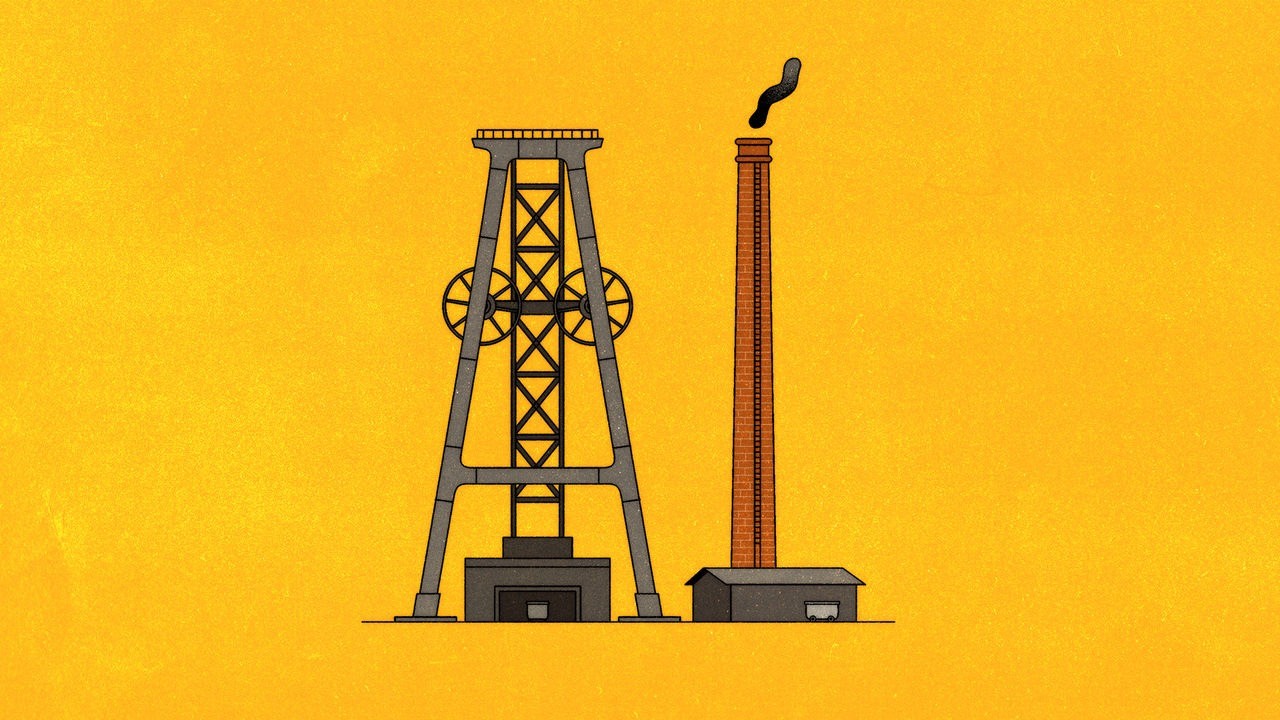In 2007, Nassim Nicholas Taleb’s groundbreaking book, The Black Swan, reshaped our understanding of risk, uncertainty, and the unpredictable events that rewrite history. Taleb describes a “Black Swan” as an event that is rare, carries extreme impact, and is often rationalized retrospectively despite its unpredictability. Today, we delve into the Black Swan effect, exploring the hidden costs of unknown unknowns, paying tribute to Taleb’s insight, and considering its relevance to modern financial modeling.
Historical Black Swans: Lessons from the Past
Black Swan events have consistently punctuated history, leaving deep economic and societal impacts:
- The Crash of 1929: The roaring twenties ended abruptly when the U.S. stock market crashed in October 1929. Experts, investors, and even policymakers failed to predict this catastrophic financial collapse, which wiped out fortunes overnight and spiraled into the Great Depression. This unprecedented event underscored the critical blind spots in risk assessment and economic forecasting.
- The Collapse of LTCM (1998): Long-Term Capital Management, led by Nobel laureates, was once deemed infallible. Their complex mathematical models predicted market behaviors, yet they were blindsided by unforeseen market volatility stemming from the Russian financial crisis. LTCM’s near-collapse revealed stark limitations in financial modeling when faced with real-world unpredictability, signaling how theoretical assumptions can dangerously diverge from reality.
- Dot-Com Bubble Burst (2000): The late ’90s witnessed speculative frenzy around internet companies, driven largely by predictions and valuations disconnected from underlying business fundamentals. When reality inevitably struck, companies folded, investors suffered massive losses, and confidence in technology markets waned significantly. This bubble demonstrated how collective assumptions can mask critical risks.
The Cost of the Unknown Unknowns
Black Swans don’t merely cause losses—they challenge our very understanding of probability and uncertainty. Taleb emphasizes that our predictive models typically account for known unknowns (risks we anticipate), but rarely acknowledge unknown unknowns—events we can neither foresee nor imagine. Ignoring these invisible threats often comes with enormous costs, as seen historically:
- Massive financial losses
- Long-term economic downturns
- Societal and structural upheaval
Relevance to Modern Financial Modeling
Modern finance has embraced sophisticated predictive models, machine learning, and AI-driven algorithms. However, as powerful as these tools may be, they remain limited by historical data and pre-defined parameters. Taleb warns against “the Ludic fallacy”—believing that reality is confined by simplified, mathematical games or simulations.
Today’s financial institutions face persistent risks of overconfidence in models, exemplified by reliance on Value-at-Risk (VaR) and stress-testing methods. While valuable, these models typically underestimate or entirely omit tail risks—the low-probability, high-impact scenarios characteristic of Black Swans.
Embracing Humility and Resilience
Taleb’s core message is humility. Recognizing our inherent limitations in prediction can reshape strategies toward resilience rather than purely risk mitigation. In practice, this means:
- Diversifying portfolios to limit exposure
- Stress-testing beyond typical scenarios
- Building adaptive, robust financial structures
In acknowledging the presence of unknown unknowns, financial professionals can better prepare themselves not merely to avoid losses but also to seize opportunities that arise from chaos.
Conclusion: Preparing for the Unpredictable
The Black Swan theory invites us to reconsider our confidence in predictions and assumptions. By respecting uncertainty, incorporating humility, and designing systems for resilience, the financial world—and indeed all sectors—can better withstand and navigate the next unpredictable yet inevitable Black Swan.
After all, history has taught us repeatedly: the greatest risks are often those we least expect.




